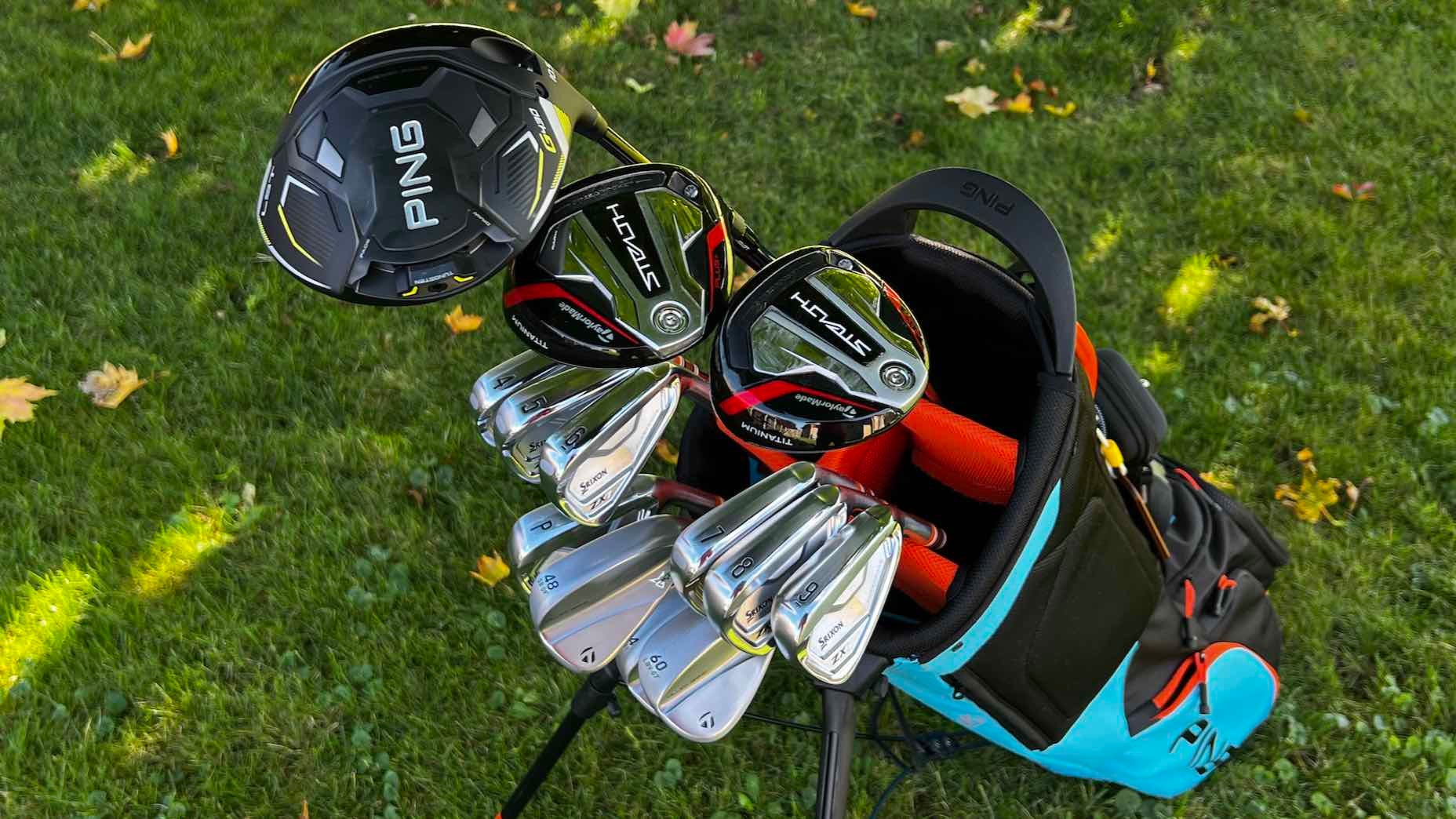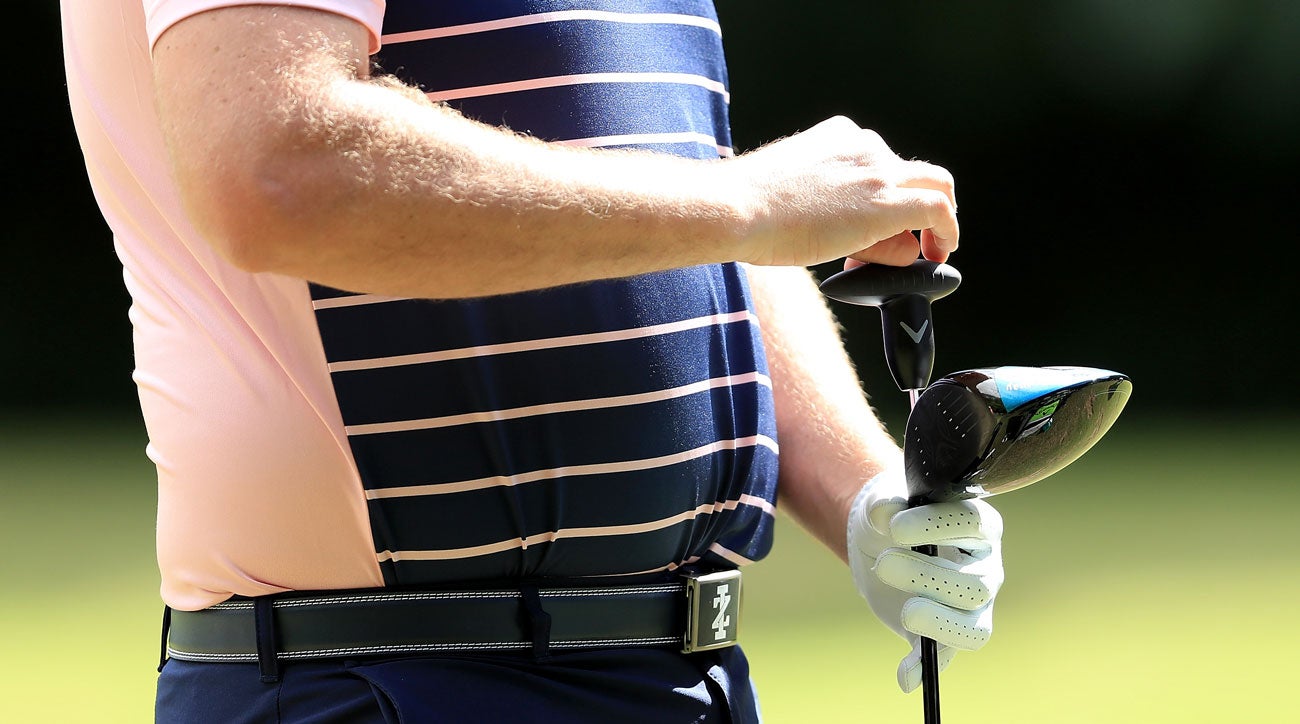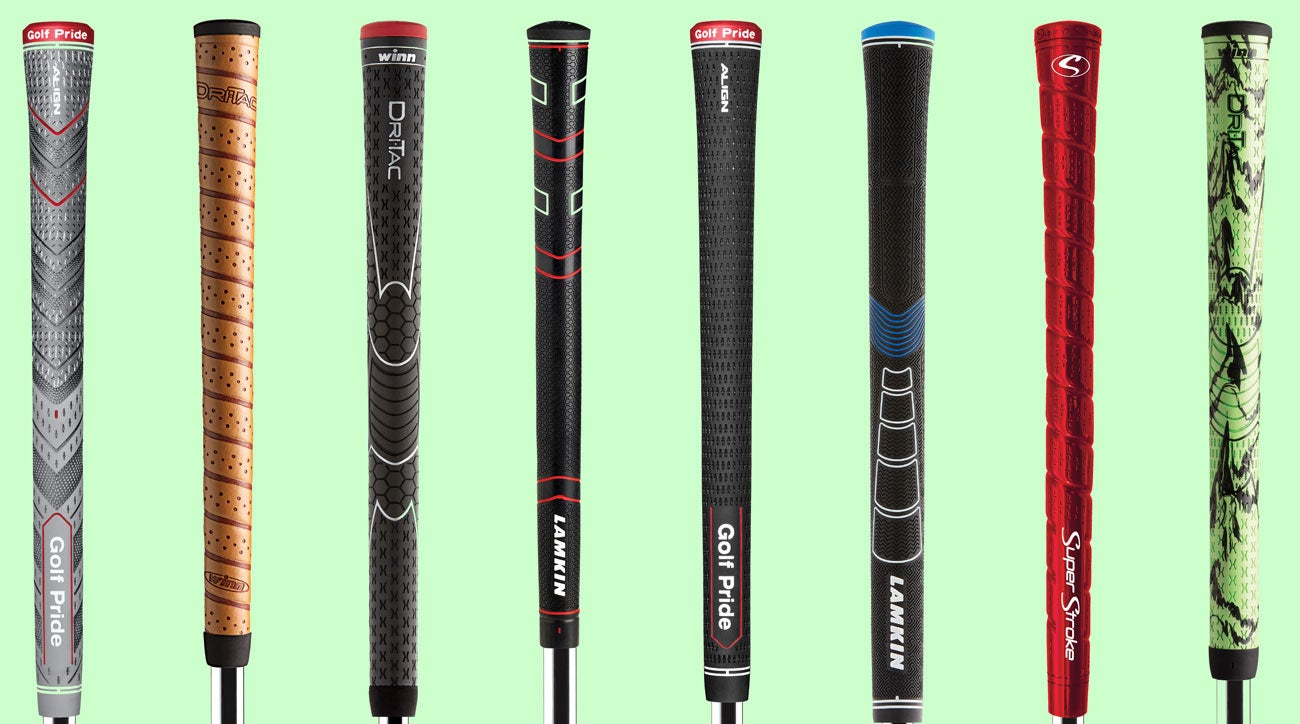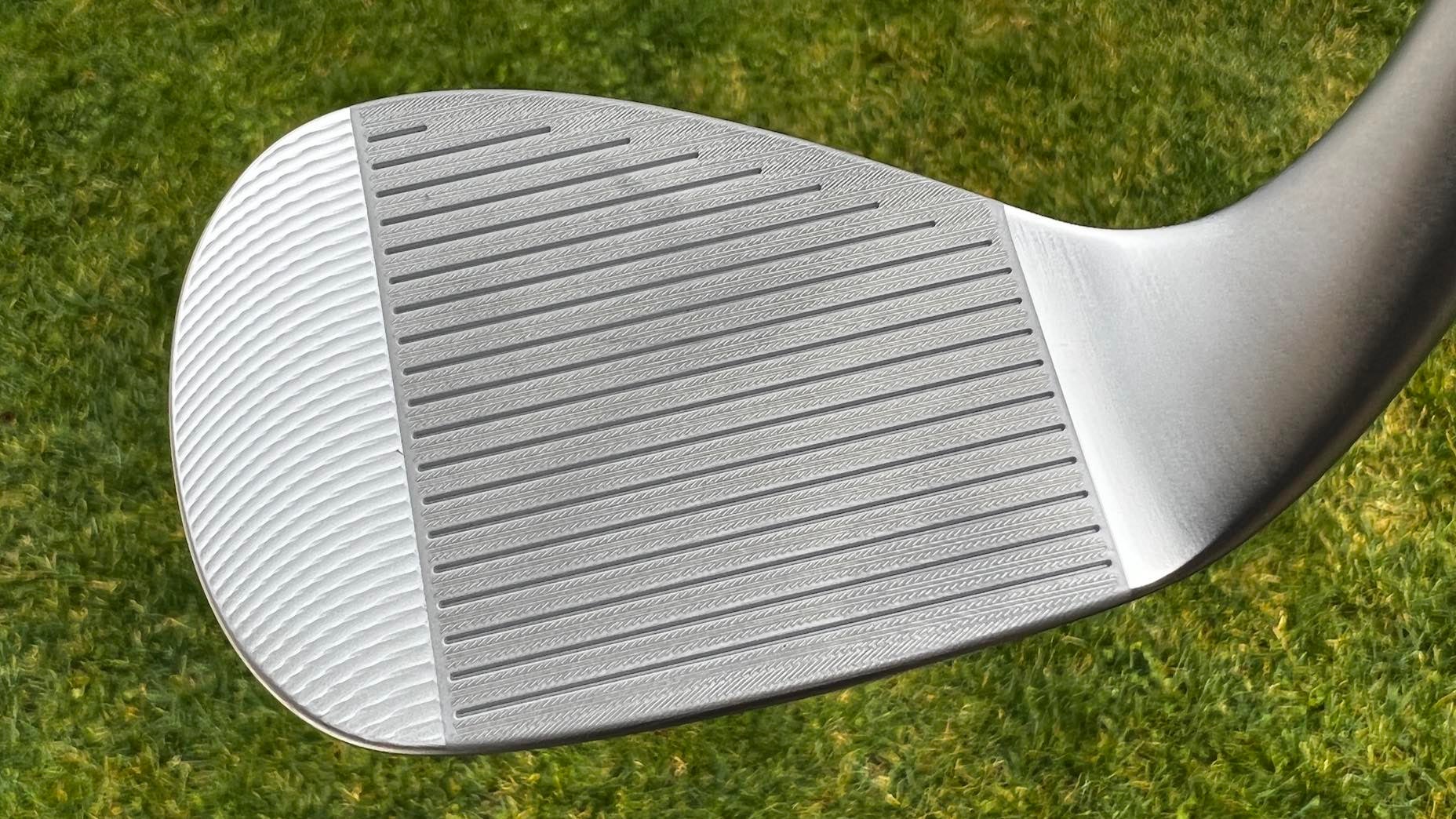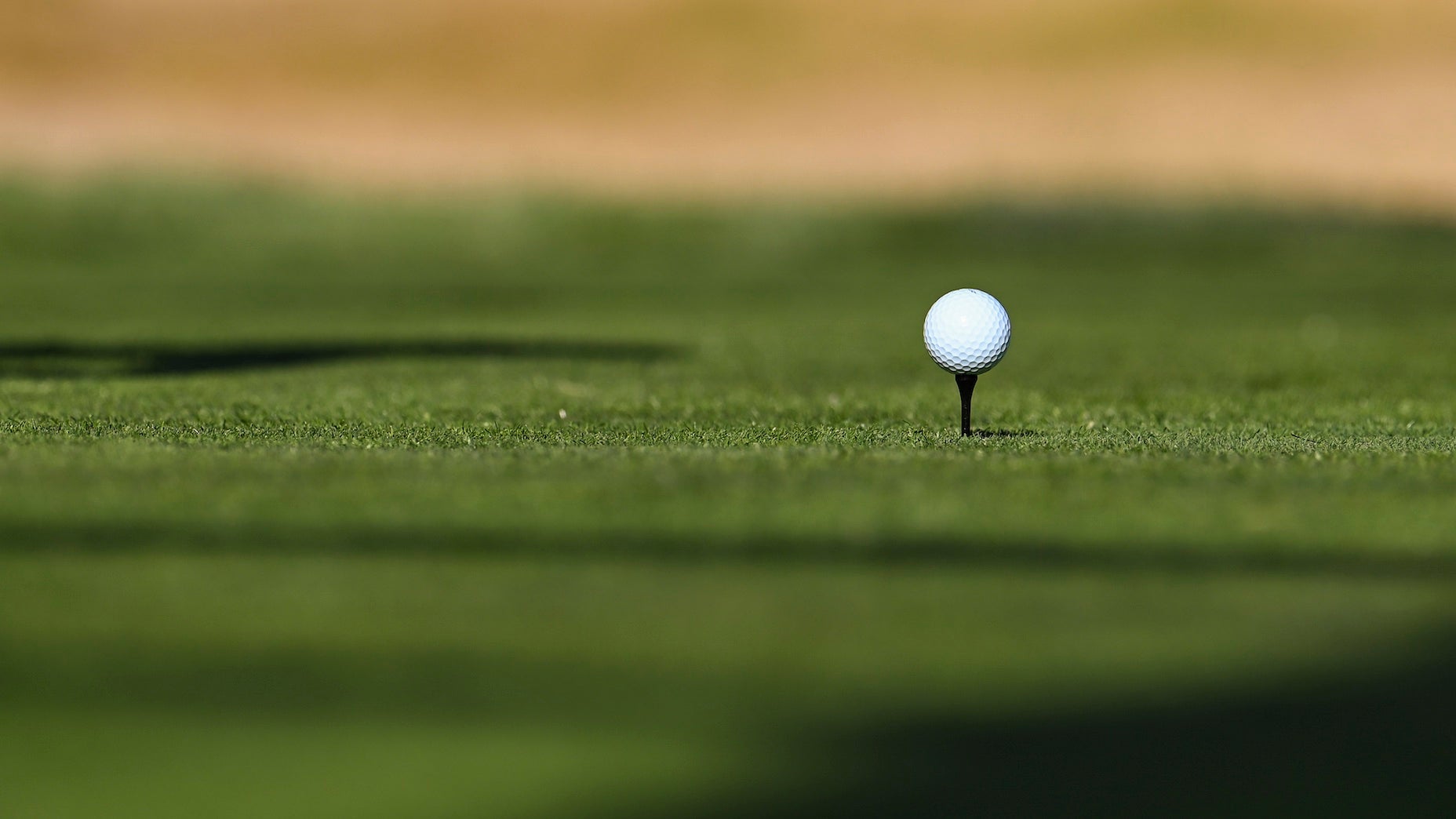Welcome to Gear Questions You’re Afraid to Ask, a GOLF.com series produced in partnership with Cleveland/Srixon Golf. This week we unpack matters relating to total weight, back weighting and the often-confusing swing weight measurement.
Can you explain in simple terms what’s up with total weight, back weight, and swing weight? – Mike W., Iowa
Ahh, back to the basics this week. We’re down to answer this and will do our best to keep things simple. We covered this topic about a year ago, but why not provide another quick overview? Here we go:
Let’s begin with club weight. This is easily understood since it measures the total weight of a golf club, including the clubhead, shaft, and grip. The United States Golf Association (USGA) has various regulations regarding club lengths and dimensions, but it does not impose restrictions on total weight. This means you can have a club that is as light or as heavy as you want it to be. Additionally, many drivers now have adjustable weighting, allowing you to add or remove weight at the clubhead end to alter the club’s feel and performance (more on this below). And in case you’re wondering, your clubs typically weigh slightly less or slightly more than a pound, with the short irons, wedges, and putter usually being the heaviest.
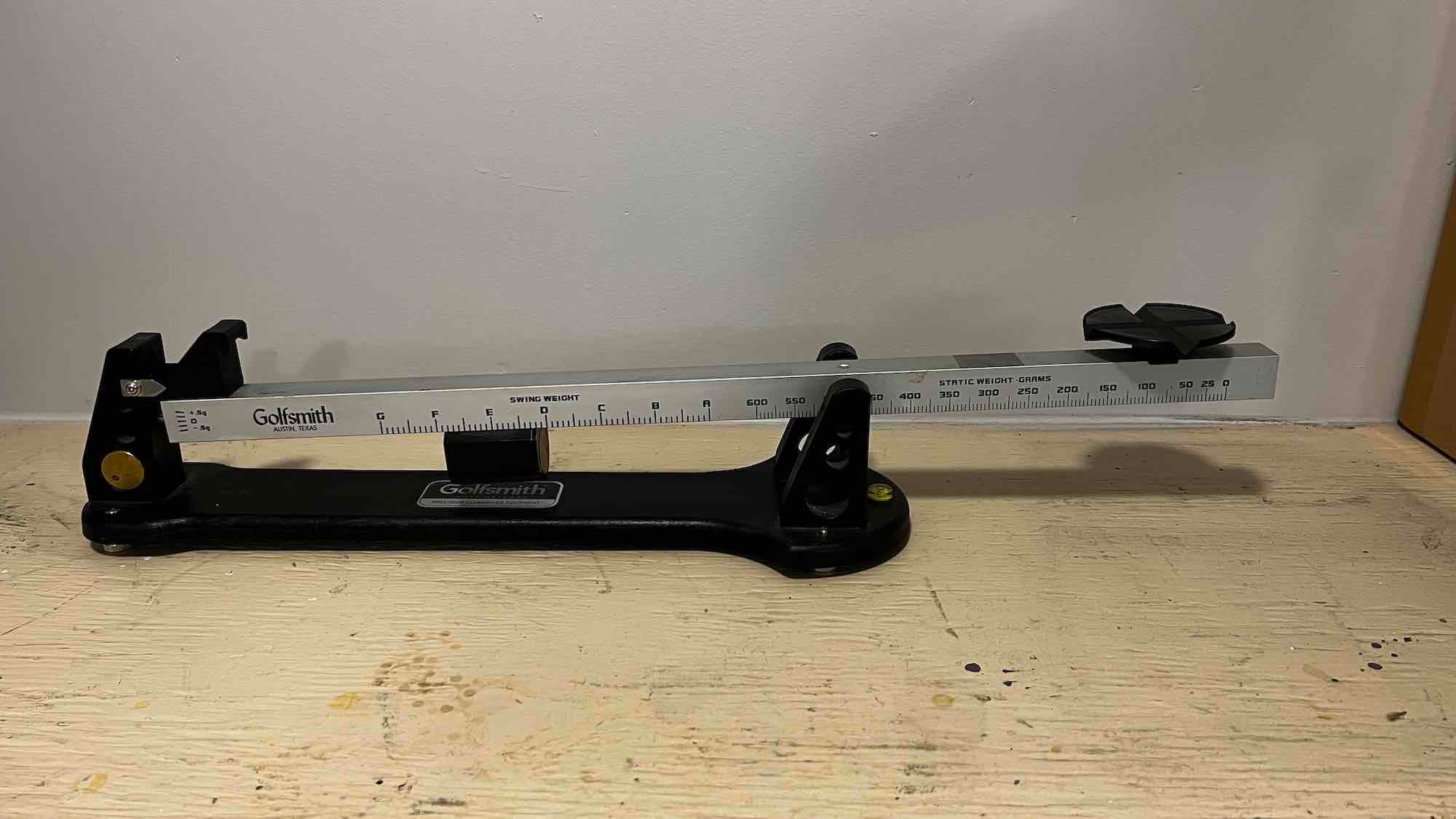
Next, let’s discuss back weighting, also known as counter-weighting or counter-balancing (which are all the same thing). Back weighting a club involves adding weight to the grip end of the club, either through lead tape placed under the grip or a weight cartridge inserted at the grip end of the shaft. This adjustment, which we will explain in more detail in the next section, can actually make your club feel lighter despite increasing its overall weight. Now it may sound strange to think of adding weight to make something feel lighter, but it’s true. To feel this firsthand, try holding any club from your bag by its clubhead end and swinging it. You’ll notice that the club feels significantly lighter compared to swinging it from the grip end.
Now, onto the complex part—swing weight. Swing weight measures how heavy a golf club feels during a swing. It depends not only on the club’s total weight but also on the weight distribution. Swingweight is determined using a balance scale, where the club is balanced on a fulcrum 14 inches from the grip end. The extent to which the clubhead end pulls down indicates the swing weight, and values are assigned on an alphanumeric scale ranging from lightest at A0 to heaviest at G10.

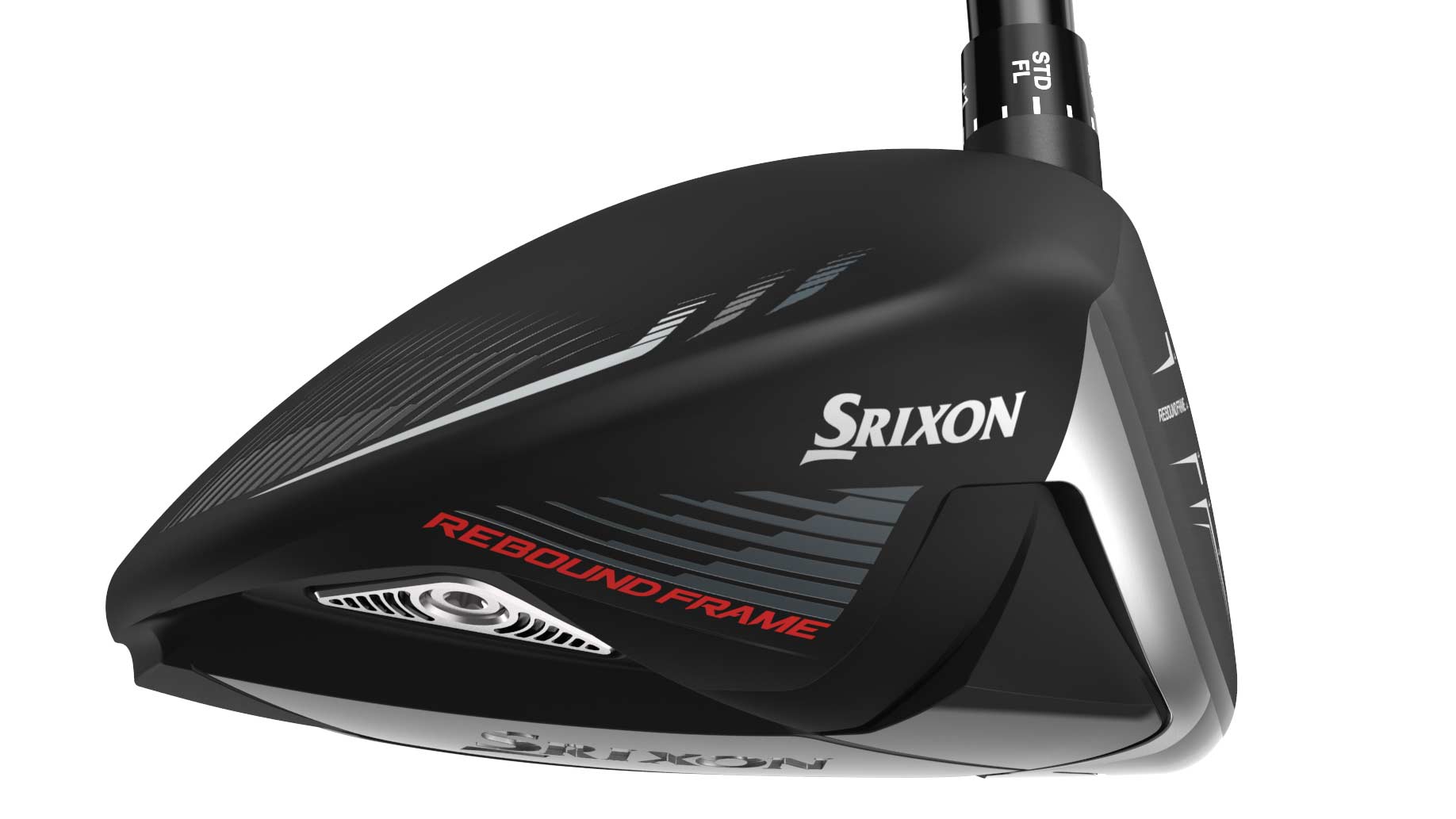
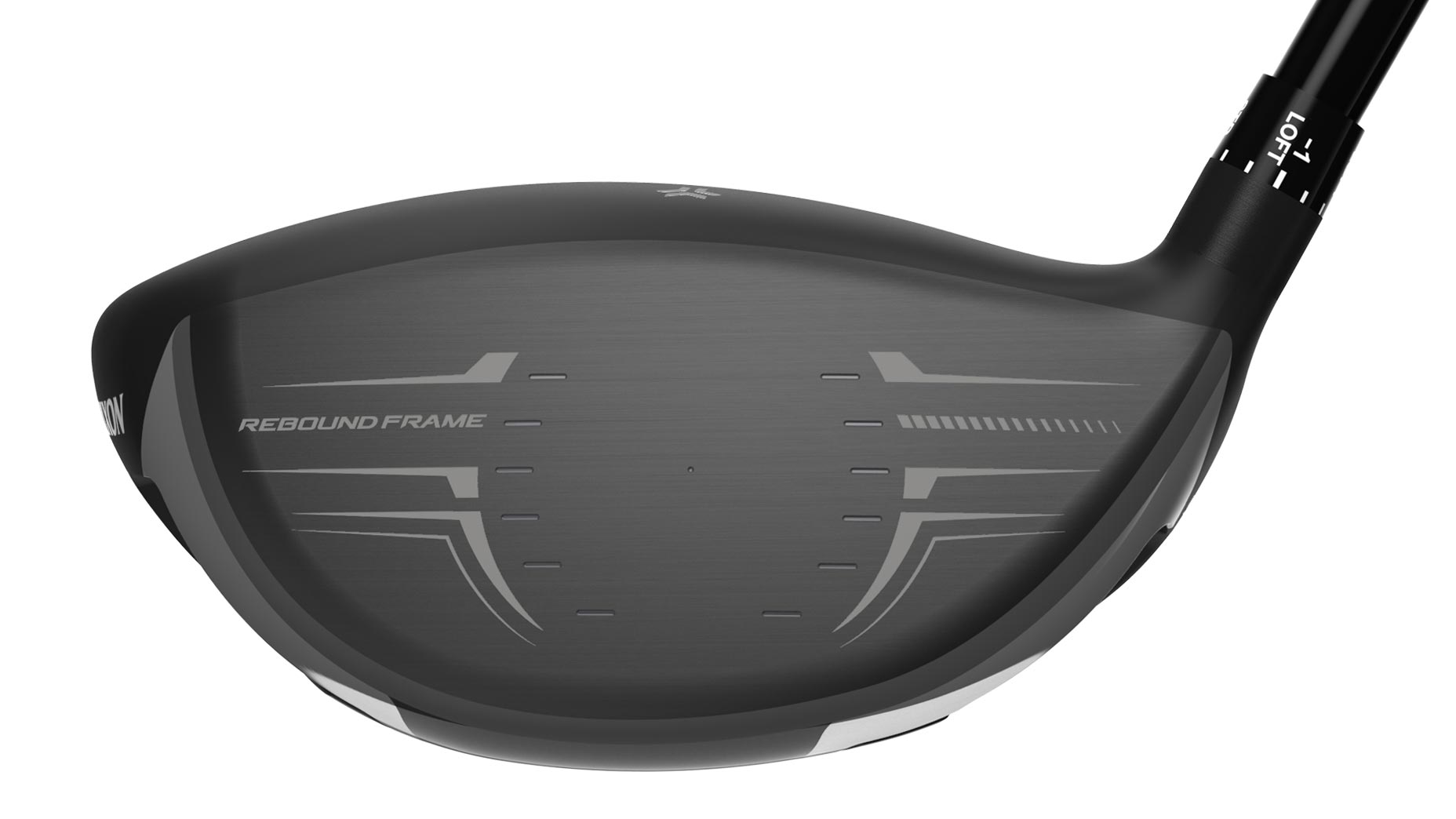
Srixon ZX7 MKII Driver
Still with us? Most clubs available on the market fall within the C7 to D7 range, with each measurement differing by approximately 2 grams in the clubhead, 9 grams in the shaft, and 4-5 grams in the grip. The length of the shaft also matters as a difference of 0.5 inches longer or shorter can impact the swing weight by up to 3 scale measurements. As you can see, swing weight can get finicky really quickly.
Why does it matter? Swingweight is undoubtedly a matter of feel, but it can also affect your ability to strike golf shots. For example, increasing swing weight will likely slow down your swing, but for some, an increase in swing speed is a worthwhile trade-off if it results in hitting more fairways or straighter iron shots. On the other hand, players seeking more power, who already have consistent ball striking, may opt for a lighter swing weight. Although accuracy may be slightly compromised, the gain in clubhead speed outweighs the possible loss in accuracy.
Swing weight doesn’t only affect distance. Some players prefer a heavier clubhead to feel more in control, while others prefer a lighter feel that matches their slower tempo. There is no definitive right or wrong answer when it comes to what swing weight value is best for any player. Just know that a simple adjustment in grip, shaft, lead tape, or even a weight cartridge can significantly alter your club’s swing weight and greatly impact its feel. Next time you have a chance, head over to your local club fitter and get your clubs weighed for total weight and for swing weight. Not every club has to be the exact weight, and some players like a heavier swing weight in the shorter clubs and lighter swing weights in the longer clubs, or vice versa.
Again, swingweight is a feel thing and the right answer for you is what feels best for your swing.
Want to overhaul your bag for 2023? Find a fitting location near you at industry-leading True Spec Golf. For more on the latest gear news and information, check out our latest Fully Equipped podcast below.



